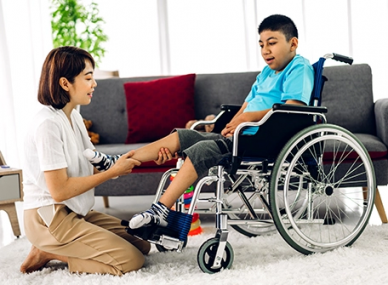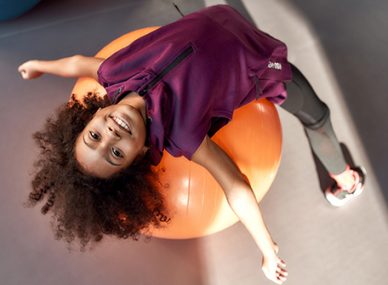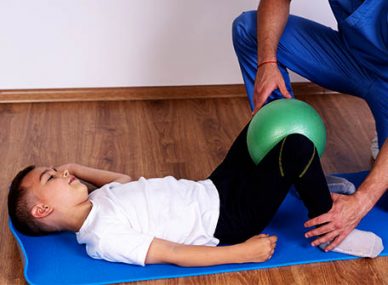What is CME?
Cuevas Medek Exercises is a psychomotor therapy approach developed by Physiotherapist Ramon Cuevas during the 70s that has been increasingly gaining worldwide popularity.
MEDEK is an acronym for “Metodo de Estabilizacion Dinamico Kinesico” which could be translated from Spanish as Dynamic Method for Kinesthetic Stabilization.
It consists in the practice of multiple dynamic, manually applied exercises, intended to provoke active motor responses (1).
How can CME help my child?
CME therapy aims to produce improvement of posture and movement in a short term basis with the intention of produce experience-dependent plasticity (1) this means that during each therapy session you may see your child performing active movements that he might never done before. However, the possibility of your child to perform those movements independently and outside the therapy setting will dependent on the capacity of his brain to assimilate, integrate and reproduce the information received (1).
Why is it different?
In CME everything is different, from the tools used to the therapeutic setting is different from other therapies. First, you will notice that the therapist will use wooden boxes, pipes, and fabrics to perform the excercises. Then, he will place your child in different positions, some of then in the air, others on the mat. Finally, the therapist will wait until the child moves by himself without given any help or verbal clue. This means that as more distracted is the child the better the therapy works, so bring some toys and be ready to distract him during the sessions.
Is it CME for every child?
No, Cuevas MEDEK is intended to be used with children with motor delays caused by neurological-genetical conditions, such a as cerebral palsy, Down syndrome, autism and others. Unfortunately it is contraindicated in degenerative diseases and some medullary conditions. Fell free to contact our team to determine if CME is the best treatment option for child.
What is the 8-week CME trial period?
After the initial assessment, the therapist will set some goals along with the family to pursue during those 8 weeks. If after that trial period the goals are not met at all, or if during the session there is no active movement response, then the therapist will guide you to choose a different therapy approach.
Is Dynamic Movement Intervention (DMI) the same that CME?
Dynamic Movement Intervention (DMI) is a recently developed approach by a CME former practitioner that is based on the CME concept and exercises.





